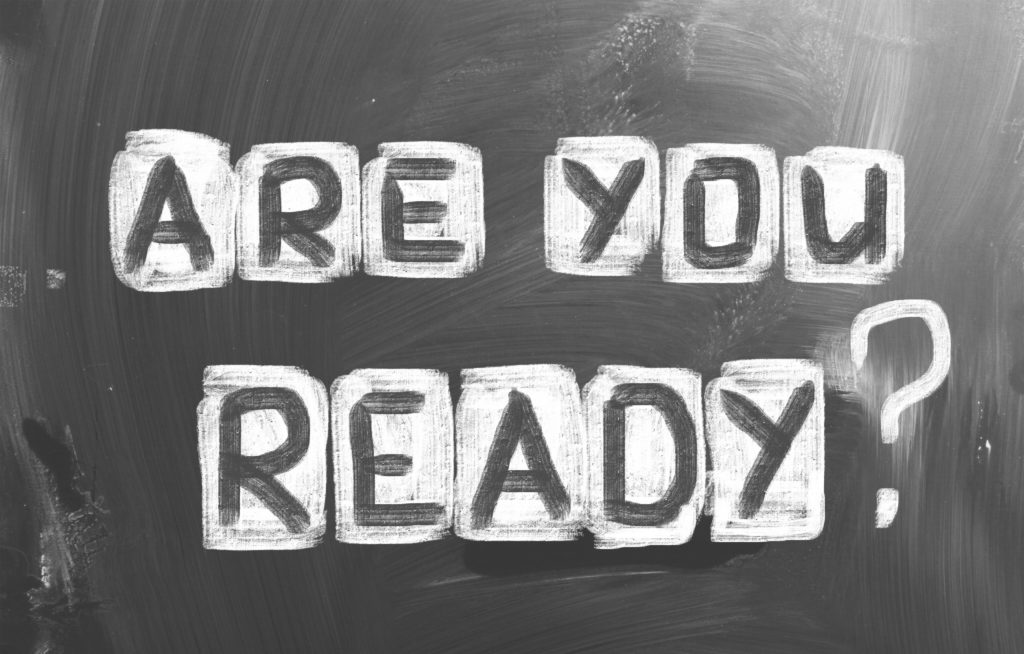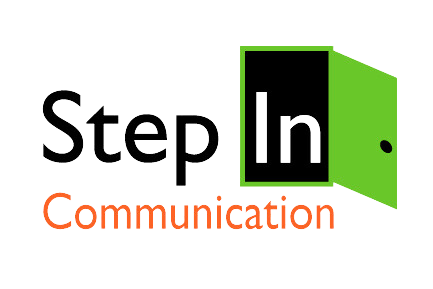
Here’s a checklist for crisis communicators to assist them in being truthful, succinct, accurate and understandable as they gear up for prolonged crisis communications in anticipating the spread of Covid-19.
Lead with the Headline News
- Start with the items that will reassure and calm the general public. The first broadly communicated information from the CDC unfortunately led with the possibility of widespread closures and then, midway through their communications, stated that the risk to the general public was still low.
- Say it and say it again!
- Many news outlets are live-streaming these events and people come and go throughout the webcast and can miss the important news. If possible, have someone from your team re-stating the key message on the live feed, so they appear as your audience appears.
Create an Information Hub
- It shouldn’t be too hard to create an online information hub. Update as often as possible. In short form communications, always link to the hub for the full story.
- Make the hub easy to read and visual.
Point to Authority Sources
- Who is leading or from whom are you getting instructions? Point to the local, regional or statewide authority. Audiences often believe trusted officials at the local level as they are known faces.
- Here’s one local hub, but it hasn’t been updated for two weeks:
https://www.sanantonio.gov/Health/News/Alerts/CoronaVirus
- Here’s the CDC hub with a date stamp right under the headline:
https://www.cdc.gov/coronavirus/2019-ncov/cases-in-us.html
Check All Outgoing Communications
- It may seem like a carnival game of Whac-A-Mole, but as communicators we have to try to correct the most egregious misinformation when it is on our owned or social media sites. You can’t be everywhere, but you can enhance monitoring on your own properties in a professional manner and move people to your information hub.
- Scrutinize your communication pieces more thoroughly – read everything out loud to eliminate jargon and tongue twisters.
- Date and time stamp everything so the newest info is first.
- Prepare to keep repeating your key messages or latest information
- Assign someone to screen all incoming communication
Breathe
- Take a deep breath.
- Clear your head and clear your desk.
- Wash your hands. You’ll be at this for awhile.
What would you add to this checklist? Drop a comment below to help everyone with their latest crisis challenges. Or share a resource that will help others with better communication.
Resources
***Updated with new resources on March 5, 2020***
From Doug Levy, author of Communications Golden Hour, a tip sheet for prolonged crisis:
Communication Resources
https://on.douglevy.com/long_duration_communications
From Seth Godin, some interesting thoughts on the spread of viruses in general. Good read to center your thinking:
An example of an organization being proactive, without being scary or alarmist:
Associated Press communications guidelines:
https://www.apstylebook.com/topical_most_recent
Resources about COVID-19
A continuously updated document on meeting cancellations:
https://docs.google.com/document/d/1oPL0-Q9lIMm-dWouTqEpCHQeNvUQRzjSzzFCxpg16NU/edit
A Seattle high school student has build a real time website tracking the virus here: https://ncov2019.live/data
